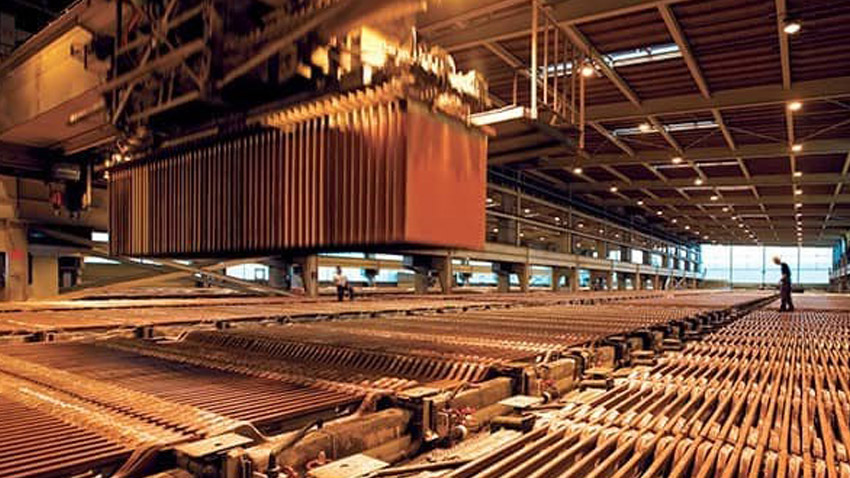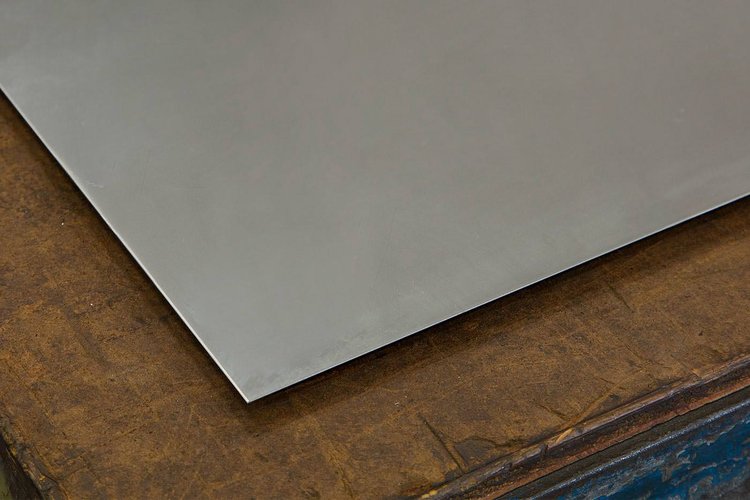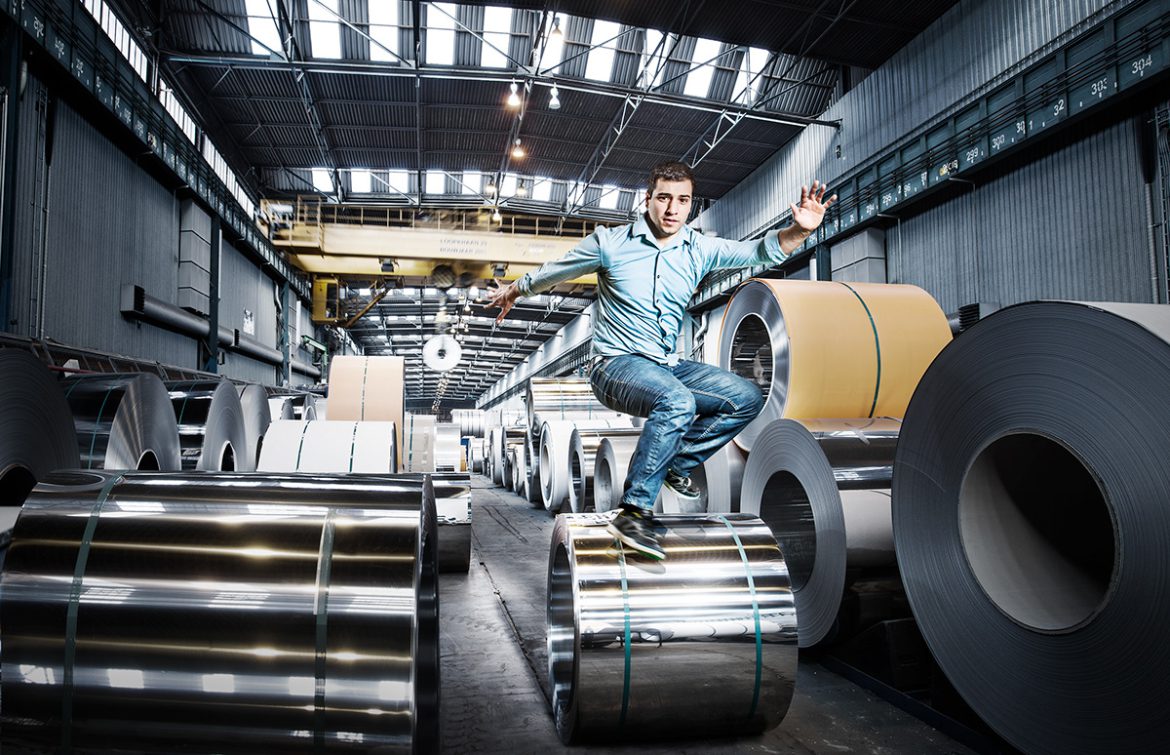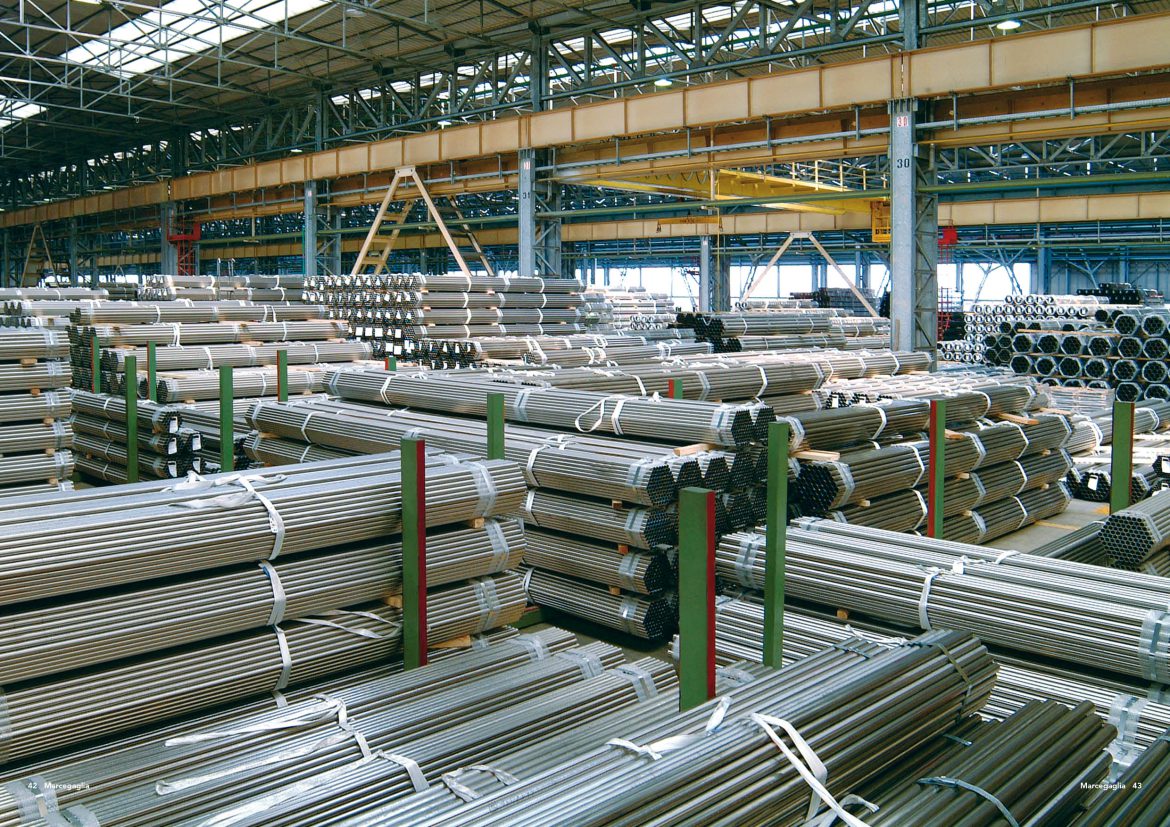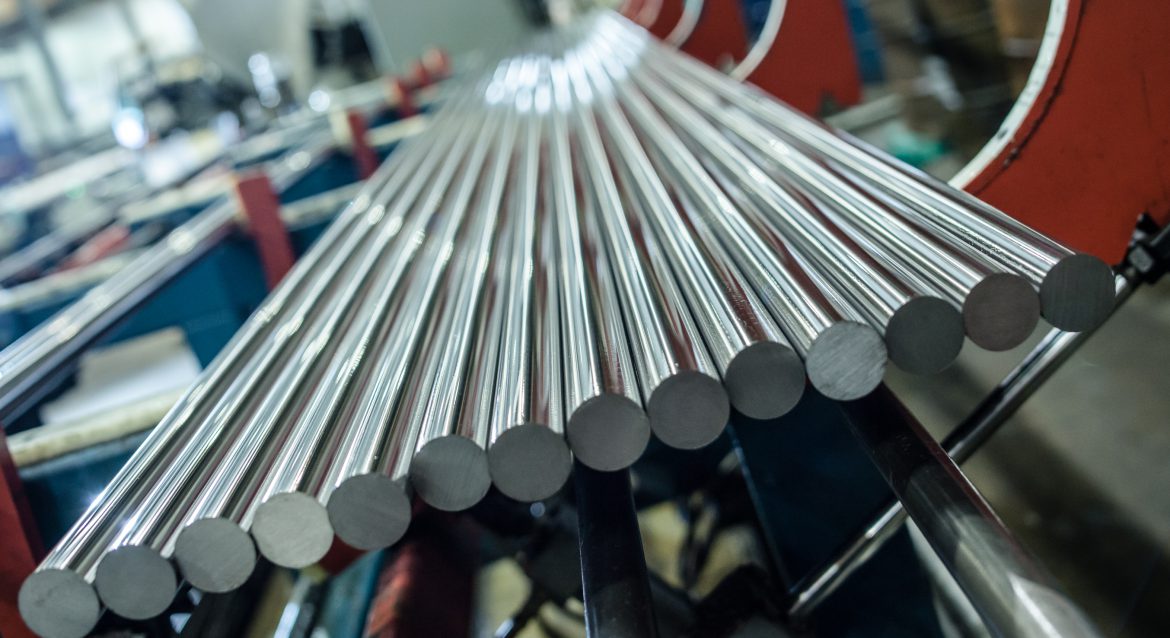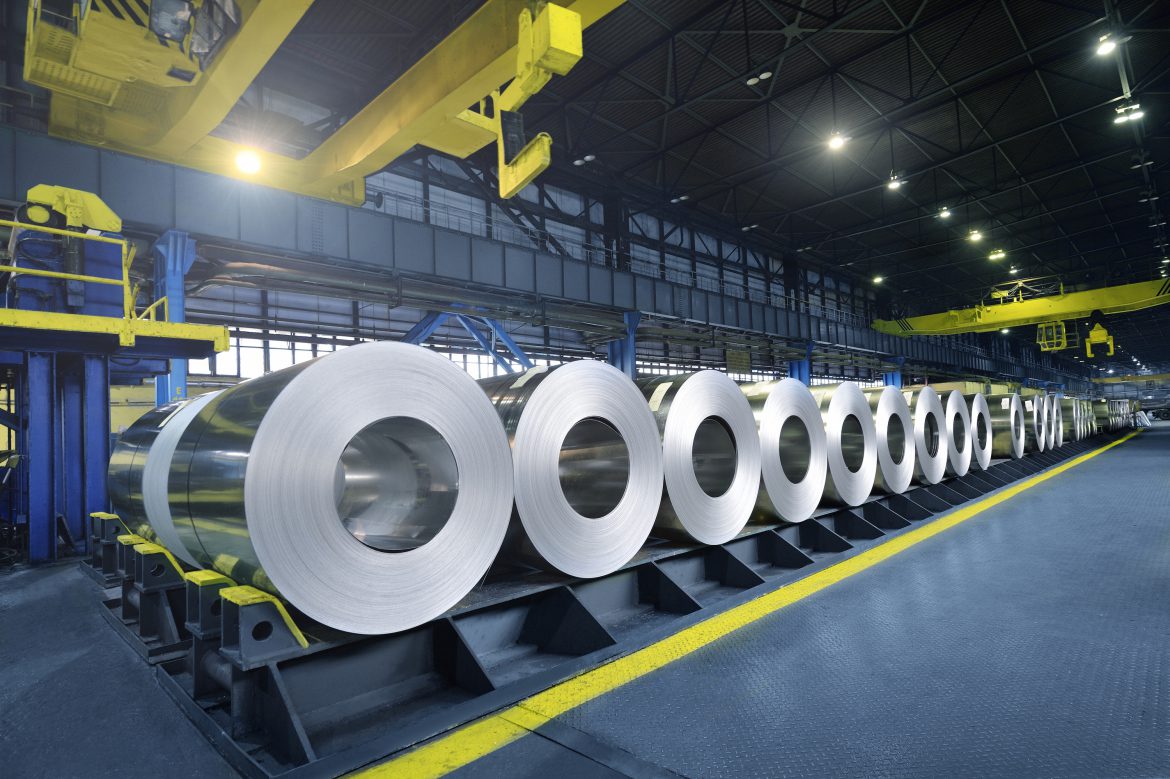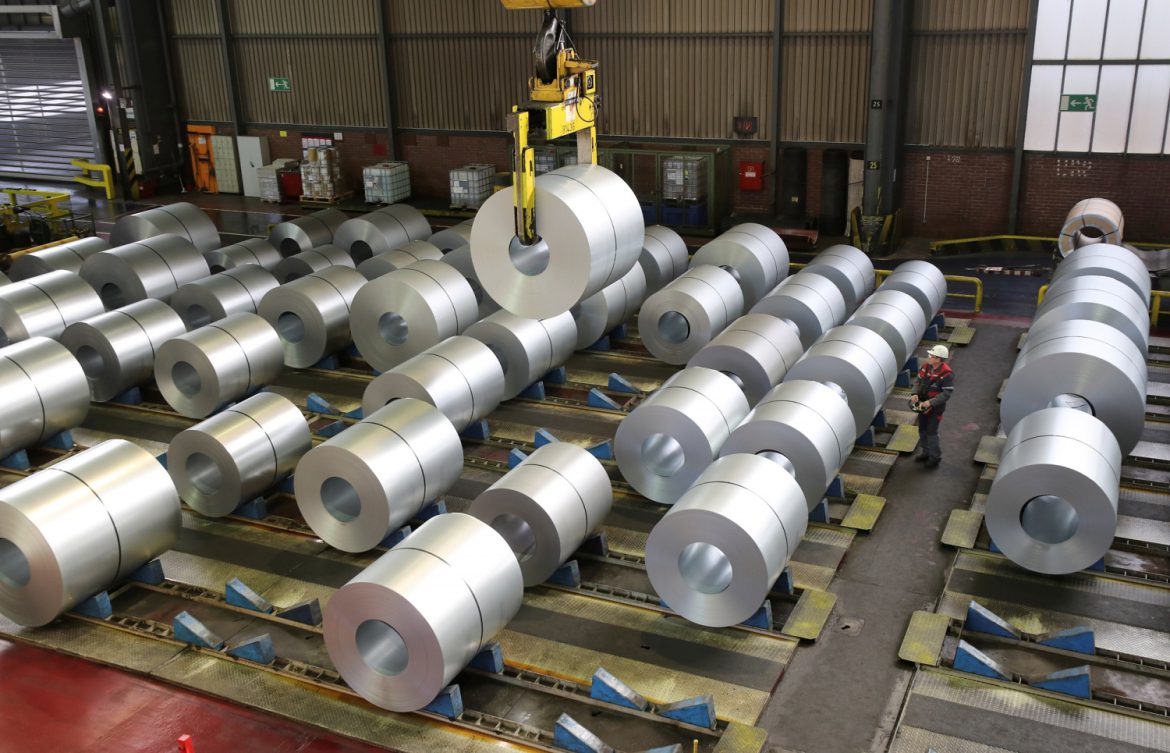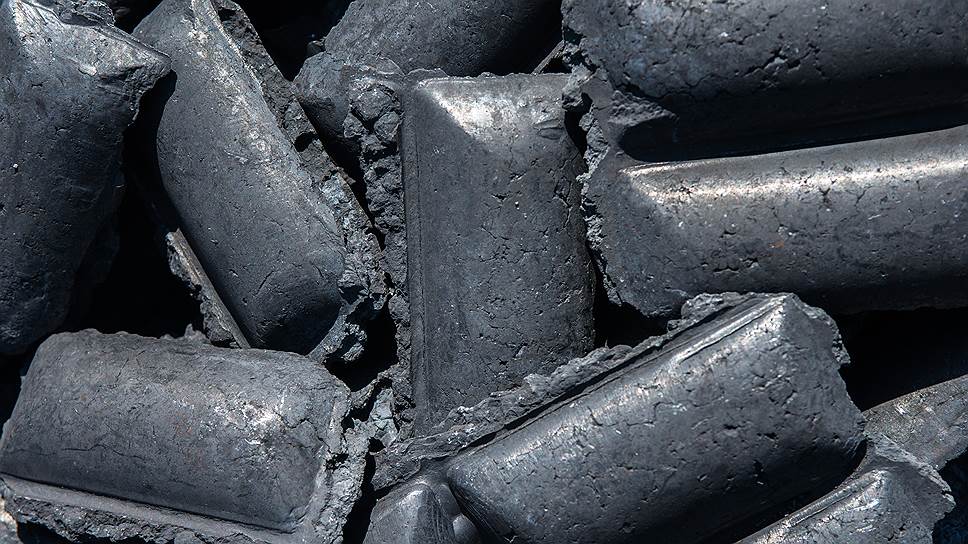Iron has a smooth, shiny silvery-gray surface but turns red or brown when combined with oxygen in air, called oxide with iron or rust. Pure crystals of soft iron (softer than aluminum) are significantly amplified by the addition of small amounts of impurities such as carbon. For more information about direct reduced iron prices, you can visit our site.
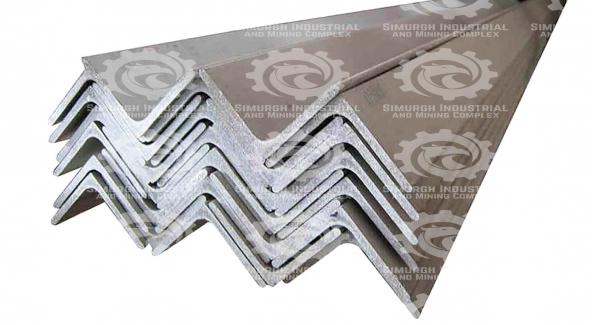
What is direct reduced iron used for?
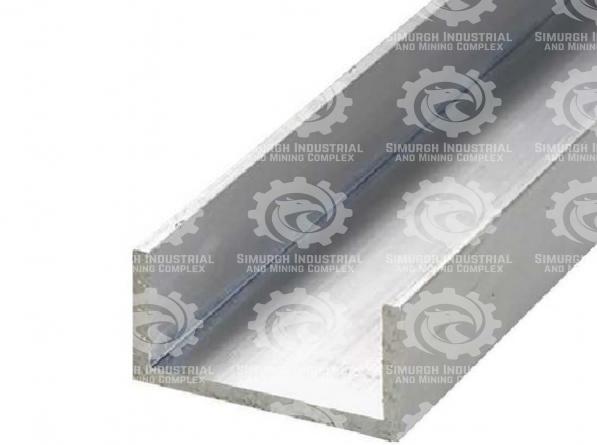
Its mechanical properties and alloys are evaluated using a variety of tests, such as the Bernille and Rockwell tests or tensile strength tests. The results of these parts are so consistent that iron parts are often used to relate the results of one test to another.
Measurements show that the mechanical properties of iron depend largely on purity, so that the purest single iron crystals produced for research purposes are softer than aluminum, adding only 10 parts per million carbon doubles its strength. Hardness also increases rapidly with increasing carbon content to 0.2 and saturation at approximately 0.6%. The purest industrially produced iron (approximately 99.99% purity) has a hardness of 20-30 Berniel.
Iron forms compounds that are mainly in the +2 and +3 oxidation states. Traditionally, iron compounds II are called ferrous and iron compounds (III) are called ferric. There are many compounds in each of the oxidation states, examples of which include iron (II) sulfate (FeSo4) and iron (III) chloride (FeCl3). There are also countless examples of compounds containing iron atoms in both of these oxidation states, such as magnetic and Prussian blue.
The negative anion of ferrite [Fe 24] contains an iron center, (Vi), its highest known oxidation state, and is present, for example, in potassium ferrite (CaDFEA4). There are countless organic compounds (such as iron pentacarbonyl) that contain zero (or less) iron. For more information about sponge iron grades, you can visit our site.
direct reduced iron prices on sales
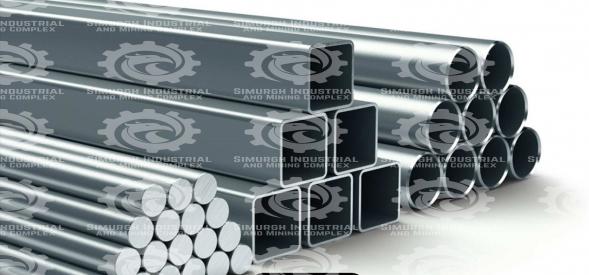
In modern industry, direct reduction processes have been developed to specifically address the problems of conventional blast furnaces. Direct reduction iron is successfully produced in various parts of the world and enables the production of specialized iron and steel products in a decentralized manner (separately with the centralized model of the older furnace called “steel complexes”). Initial investment (CAPEX) and operating costs (OPEX) of direct reduction plants are lower than those of integrated steel plants and are more cost-effective for developing countries where high-grade coal coke production is limited, although steel scrap is generally Available for recycling.
Factors that directly regenerate iron production:
Iron with direct reduction has approximately the same amount of iron as cast iron, typically 90-94% of total iron (depending on the quality of the raw ore). It is therefore an excellent raw material for electric furnaces used by small mills, allowing them to use lower grades of scrap to recharge or produce higher grades of steel.
Briquette iron (HBI) is a compact form of direct reduction iron designed to facilitate transportation, storage and storage.
Hot Direct Reduced Iron (HDRI) is a direct reducing iron that is transferred hot and directly from the reduction furnace into the arc furnace, resulting in energy savings.
The direct reduction process uses pelleted iron ore or natural “lump” ore. An exception is the fluidized bed process, which requires inorganic iron ore particles.
The direct reduction process can use contaminated natural gas with inert gases and eliminate the need to remove these gases for other uses. However, any inert gas pollution in the reducing gas reduces the effect (quality) of the gas flow and the thermal efficiency of the process.
Sources of powdered minerals and crude natural gas are both available in areas such as North Australia and reduce fuel transportation costs. In most cases, the direct recovery iron plant is located near a natural gas source because it is more cost-effective to transport ore than gas. The direct reduction iron method produces 97% of pure iron.
For more information about sponge iron prices today, you can visit our website.
You can contact us to buy and sell this product:
Sales consultant: Ms. Leila Nematzadeh
Ways of communication: Phone number: 02147623014
Phone number: 02147623014
 Phone number: 04133660491
Phone number: 04133660491
 Phone number: 09120169267
Phone number: 09120169267
 WhatsApp Response (Skype): click
WhatsApp Response (Skype): click
 Instagram: simurgh_steel_company@
Instagram: simurgh_steel_company@
 email: info@simurghsteelco.com
email: info@simurghsteelco.com
 email: ironore110@gmail.com
email: ironore110@gmail.com
 Facebook: ironore110@
Facebook: ironore110@
 LinkedIn: simurgh-iron-and-steel-company-a68295180@
LinkedIn: simurgh-iron-and-steel-company-a68295180@
 twitter: CoSimurgh@
twitter: CoSimurgh@
